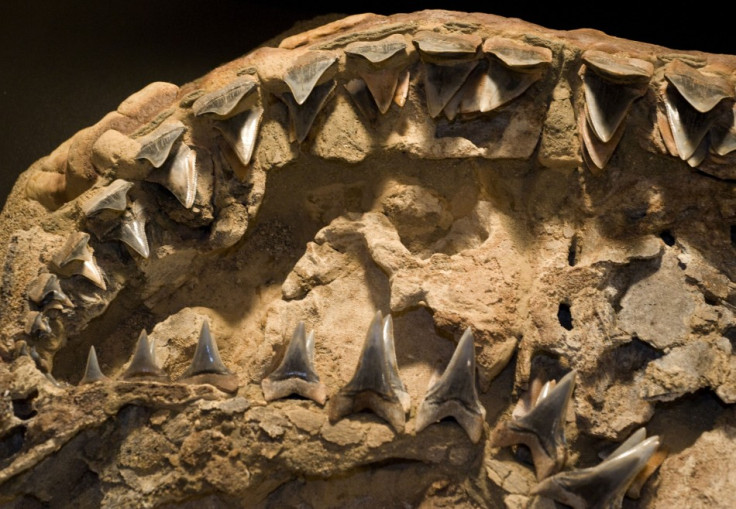Ancient Ancestor of Great White Shark Shows Species Did Not Evolve From Megalodon

Great white sharks did not evolve from the mighty Carcharocles megalodon, the largest carnivorous shark that ever lived, but are in fact descended from the broad-toothed mako shark.
The great white shark is one of the most well-known and feared species in the world, thanks to films such as Jaws and other media portrayals. In the last few weeks, there have been two great white shark attacks in California - one being fatal.
New research shows the great white is not a relative of the megatooth shark as originally classified, but from an ancient intermediate form of shark that has been named the Carcharodon hubbelli - or Hubbell's white shark.
The study also shows that the Hubbell species existed for around two million years longer than was previously believed.
Dana Ehret, a lecturer from the Monmouth University in New Jersey who conducted research for the study, said: "We can look at white sharks today a little bit differently ecologically if we know that they come from a mako shark ancestor.
"That two-million-year pushback is pretty significant because in the evolutionary history of white sharks, that puts this species in a more appropriate time category to be ancestral or kind of an intermediate form of white shark."
The newly-discovered species was named after Gordon Hubbell, a collector who recovered the fossils of the shark from a site in southern Peru in 1988.
Hubbell recovered a complete set of jaws with 222 teeth intact and 45 vertebrae. He donated the specimens to the Florida Museum of Natural History in 2009.

The researchers worked out that the Hubbell's white shark was related to the ancient broad-toothed mako sharks by comparing the shape of the sharks' teeth to one another.
Modern white sharks have serrations on their teeth so they can eat marine animals. Mako sharks do not have these serrations because they feed on fish. Hubbell's white shark had course serrations, suggesting that this species is the evolutionary link between the other two.
David Ward, a research associate at the Natural History Museum London, said that this research confirms the belief that great white sharks did not evolve from megalodon sharks.
"Fewer people believe the big megatooth sharks are related to the great white sharks than believe the Earth is flat," he said.
"Everyone working within the field will be absolutely delighted to see this relationship formalised."
The Megalodon shark lived between 28 and 1.5 million years ago. It could grow up to 20 metres in length and its teeth measured up to 18 centimetres.
© Copyright IBTimes 2025. All rights reserved.




















